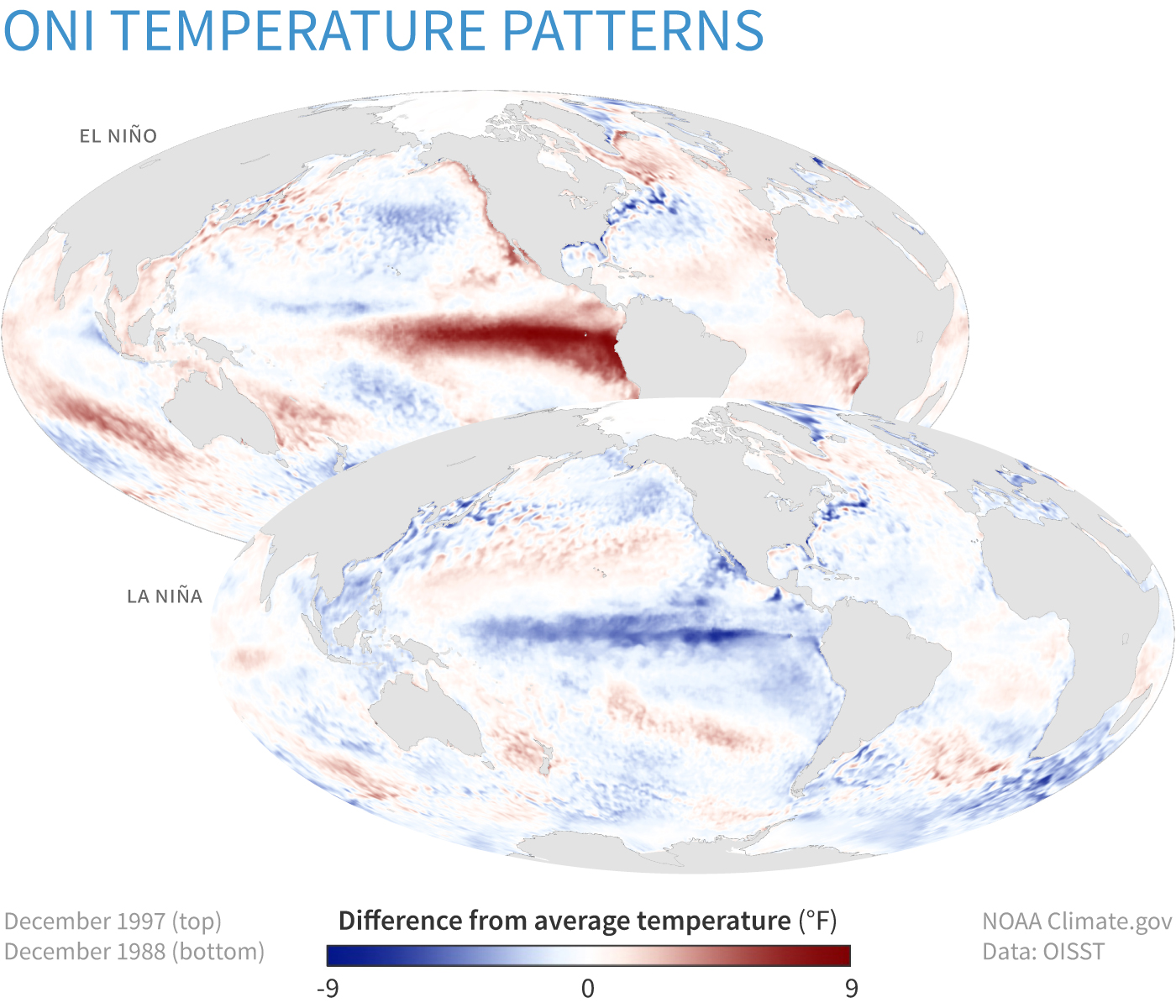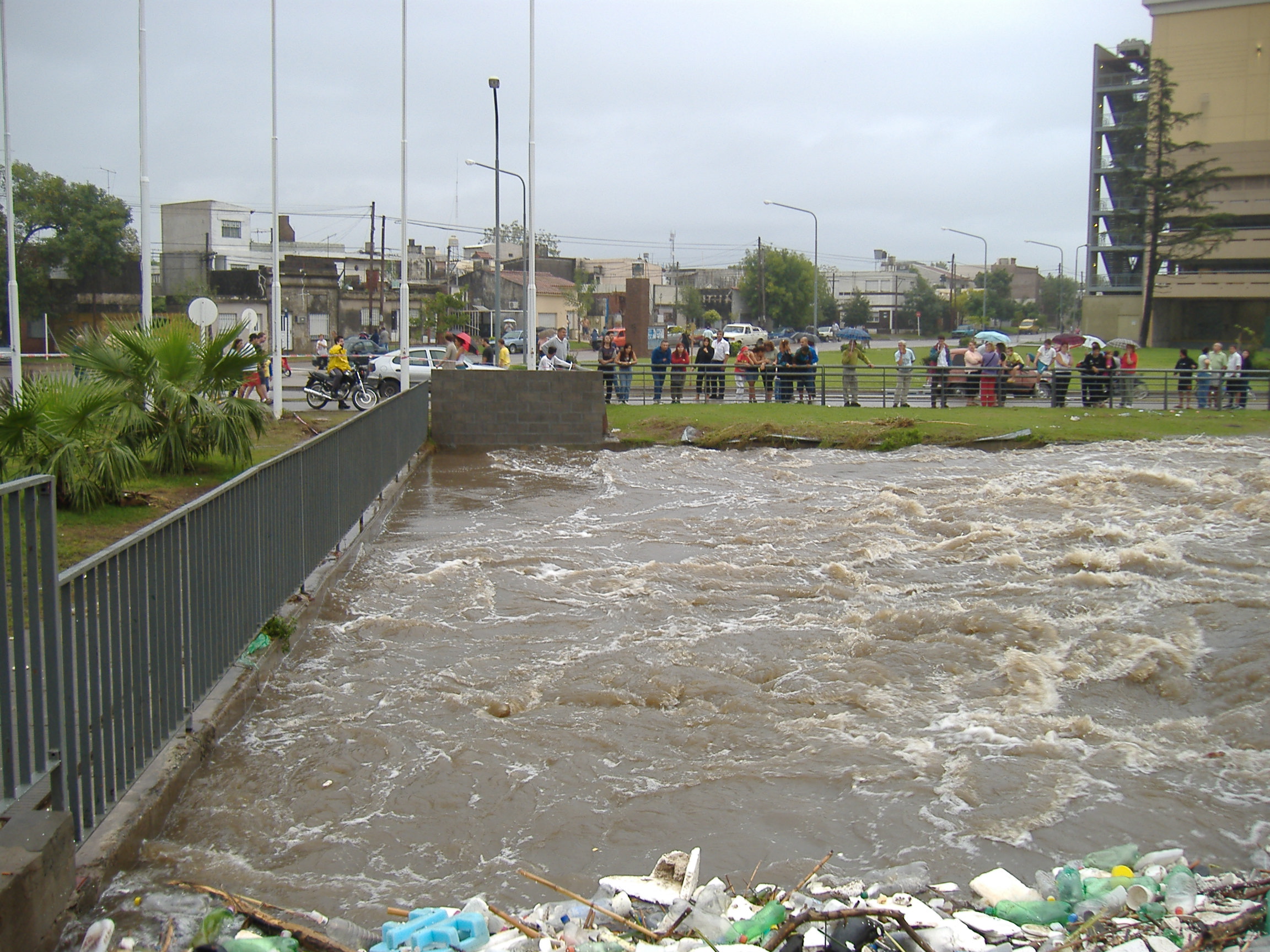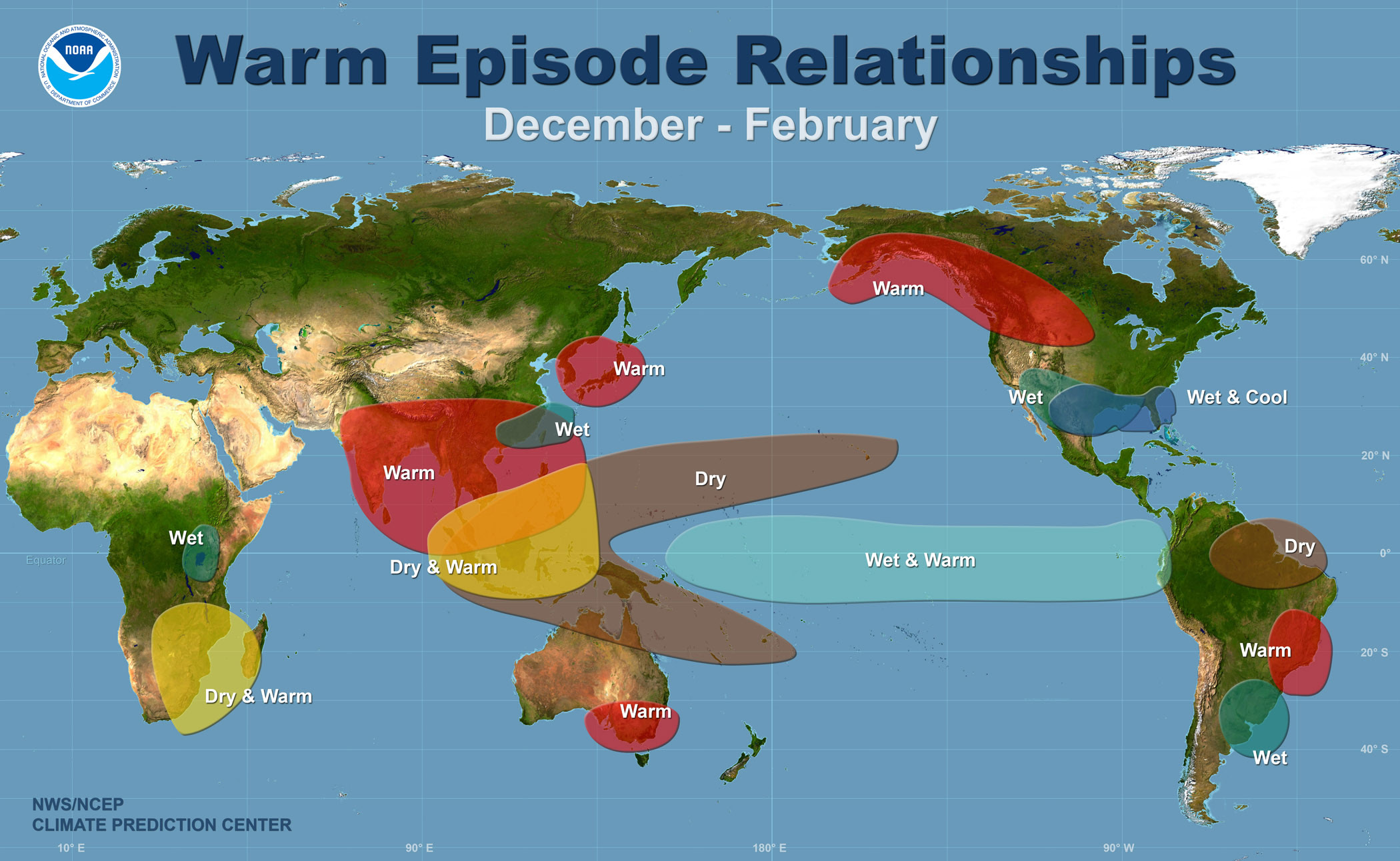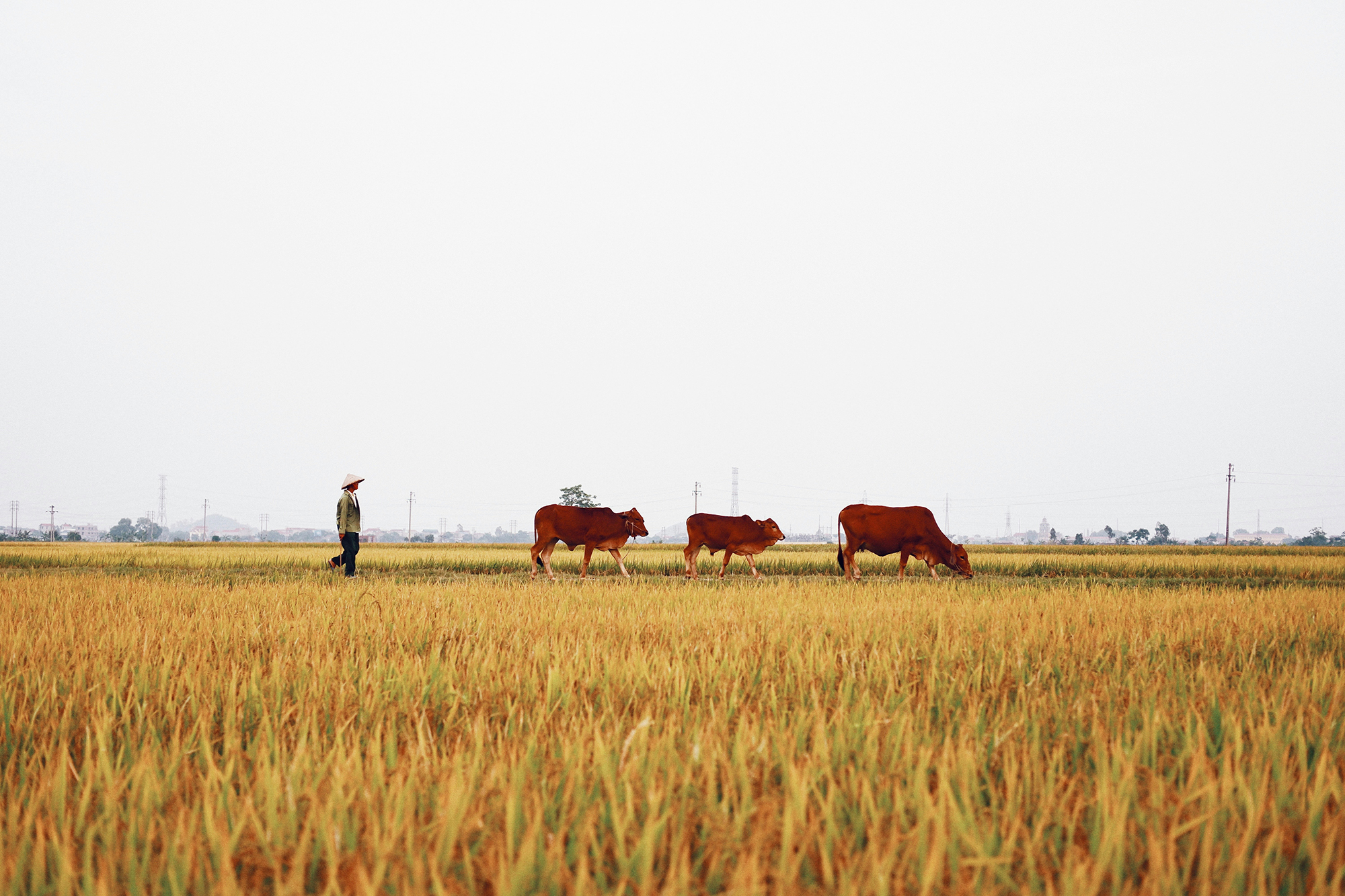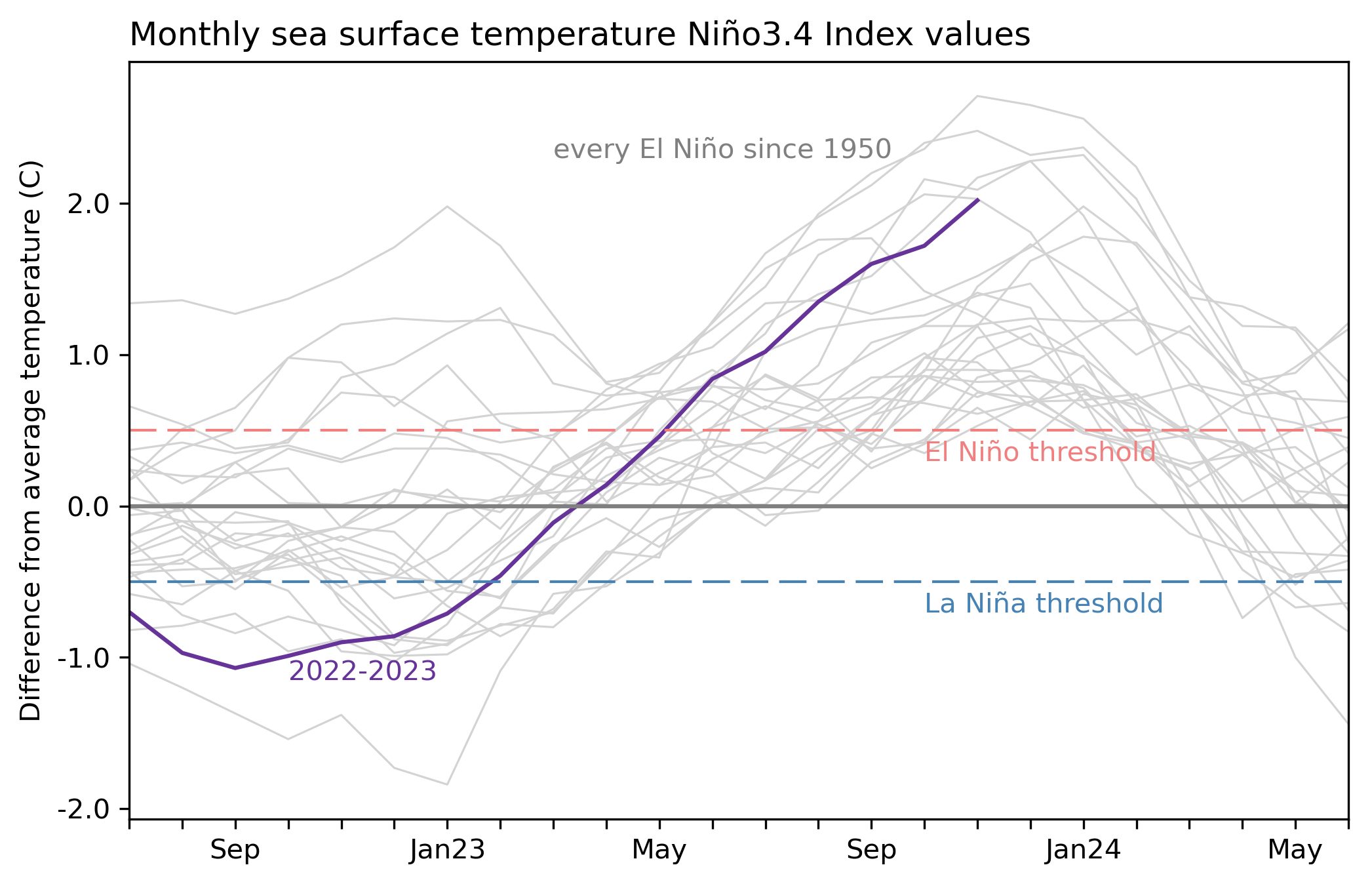In the spring of 2023, the Pacific Ocean started heating up. After three years of cooler-than-normal sea surface temperatures, a switch had flipped, and a cascade of warming began to unfold.
By April, the average surface temperature of the world’s oceans had broken all previous records — and still it continued to climb. Midsummer saw a plateau, followed by another surge in August and September that forced some climatologists to change the scale of their graphs entirely. The heat had quite literally gone off the charts.
The news soon spread to the general public, where headlines warned of a sudden, frightening change to the planet’s status quo. This was uncharted territory for our oceans, and nobody was quite sure how they would respond.

But what caused this unprecedented warming, and why did it seem so abrupt?

Michael McPhaden
Affiliate Professor, Oceanography
McPhaden is a senior scientist at NOAA’s Pacific Marine Environmental Laboratory and affiliate professor of oceanography at the University of Washington. He studies large-scale ocean dynamics, ocean-atmosphere interactions and the ocean’s role in climate.
Learn more“The main culprit is El Niño,” said Michael McPhaden, senior scientist at the National Oceanic and Atmospheric Administration’s Pacific Marine Environmental Laboratory and affiliate professor of oceanography at the University of Washington. “For the previous three years, we had La Niña conditions that sucked heat out of the atmosphere and stored it below the ocean’s surface, masking the effects of rising greenhouse gas concentrations. With the current El Niño, that heat has come back out of the ocean to be redistributed around the globe and warm the whole planet.”
As autumn drew near, scientists became increasingly confident that the upcoming winter would be characterized by a particularly strong El Niño event. And though the El Niño period we’re in is natural and relatively predictable, its impacts on the global environment and economy have been significant — from sweltering heat in Australia to deep freezes across the southern U.S.
In fact, El Niño may be giving us a glimpse of what’s to come if climate change is not soon curtailed.

